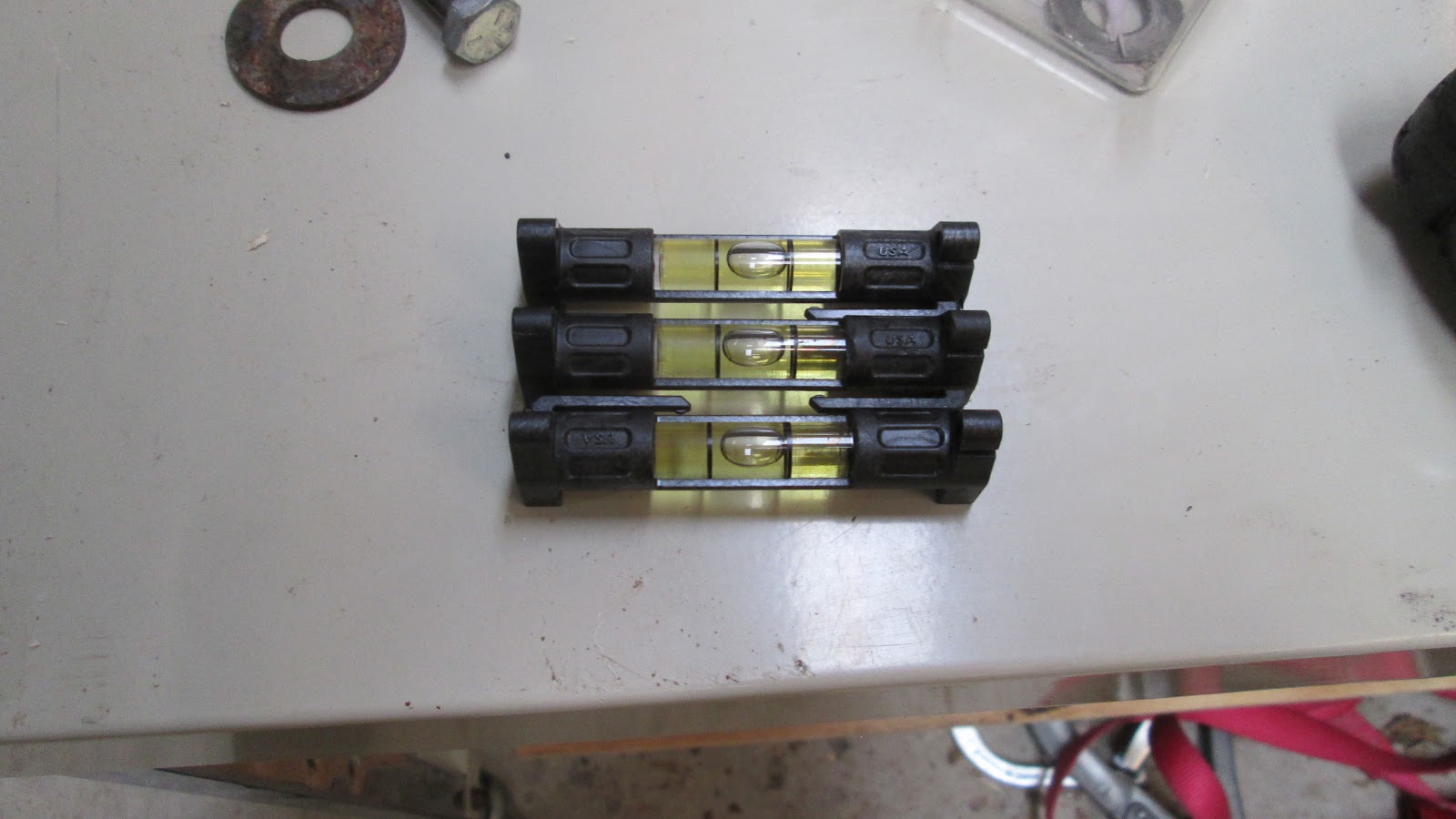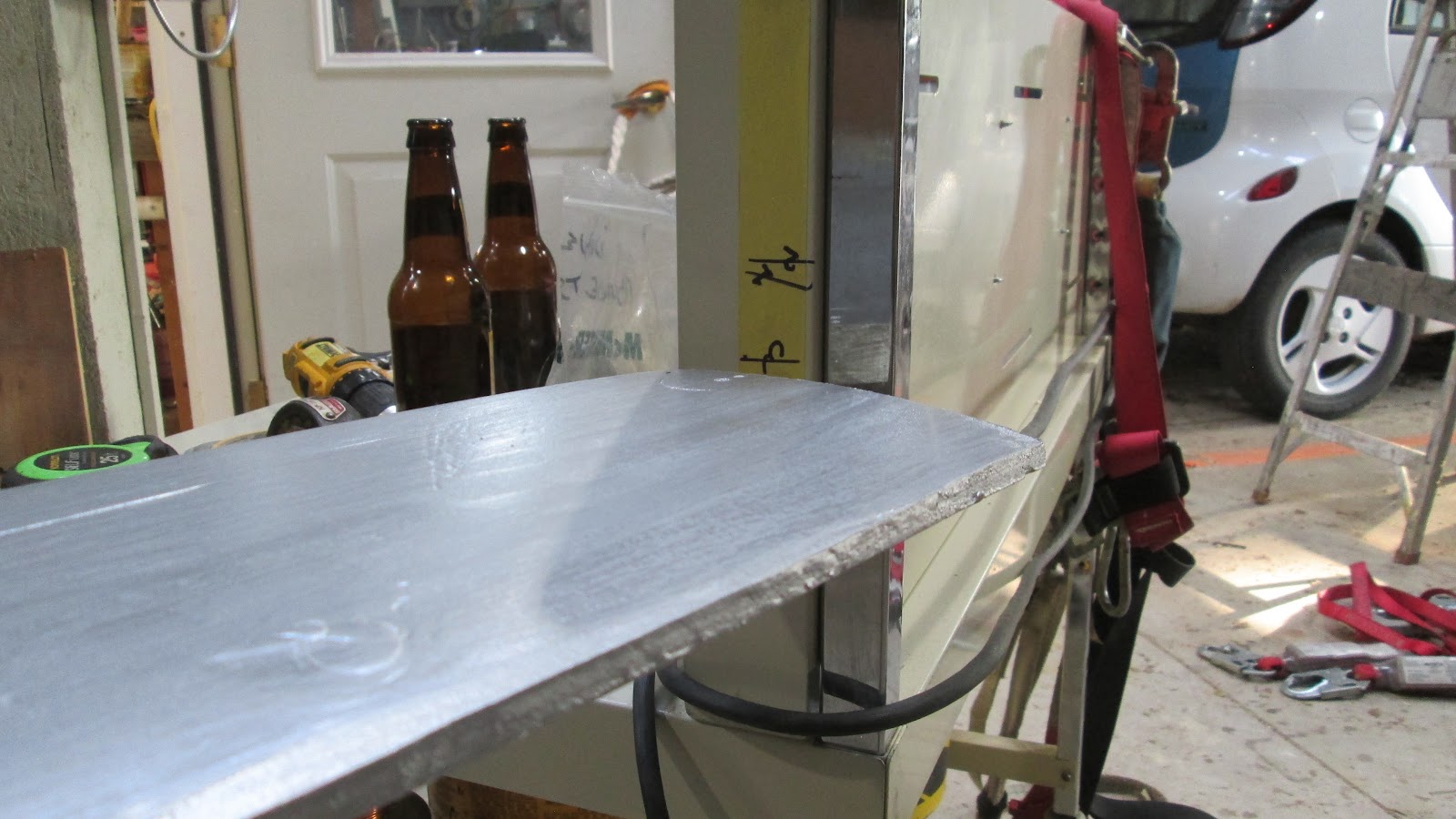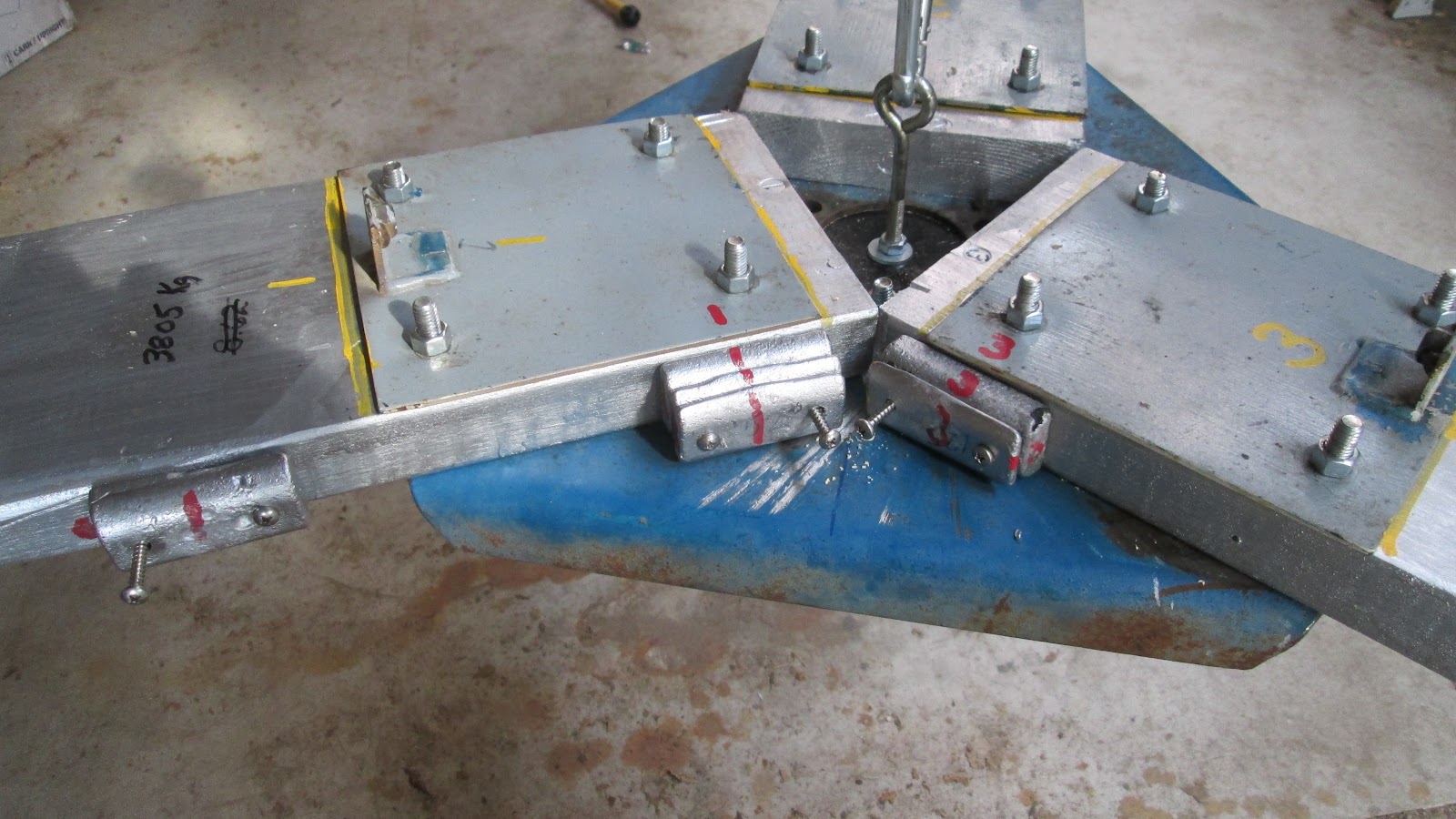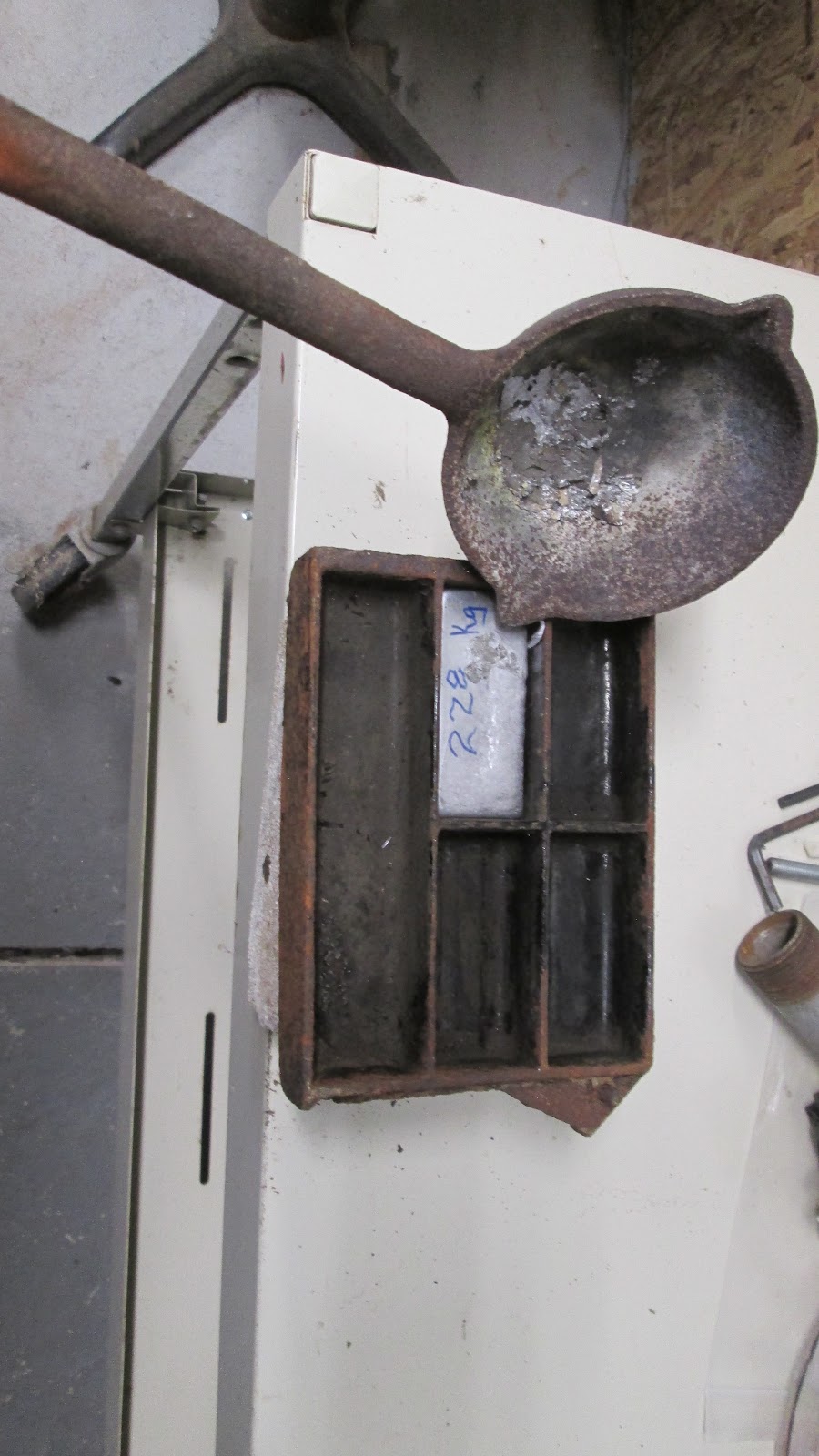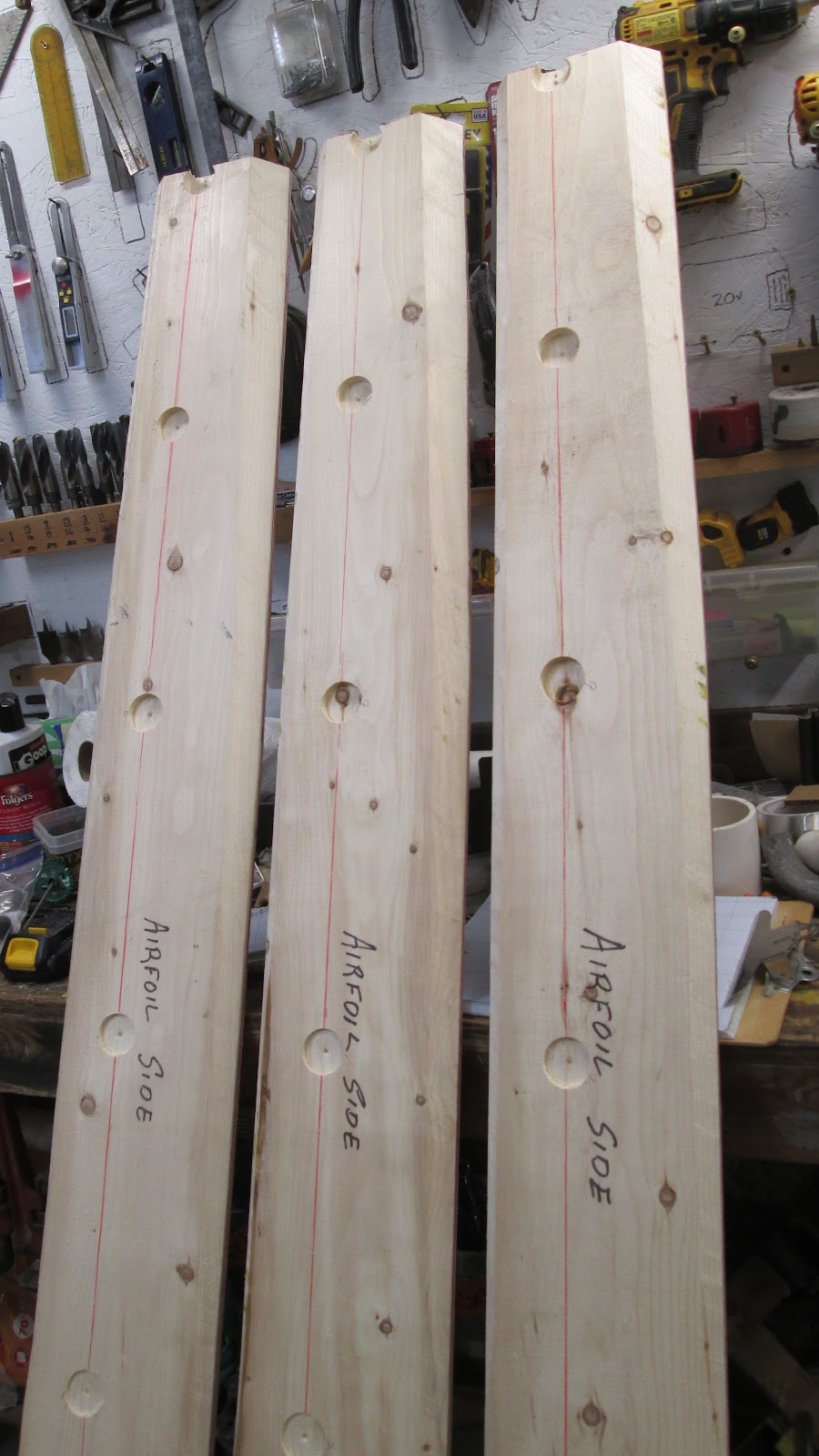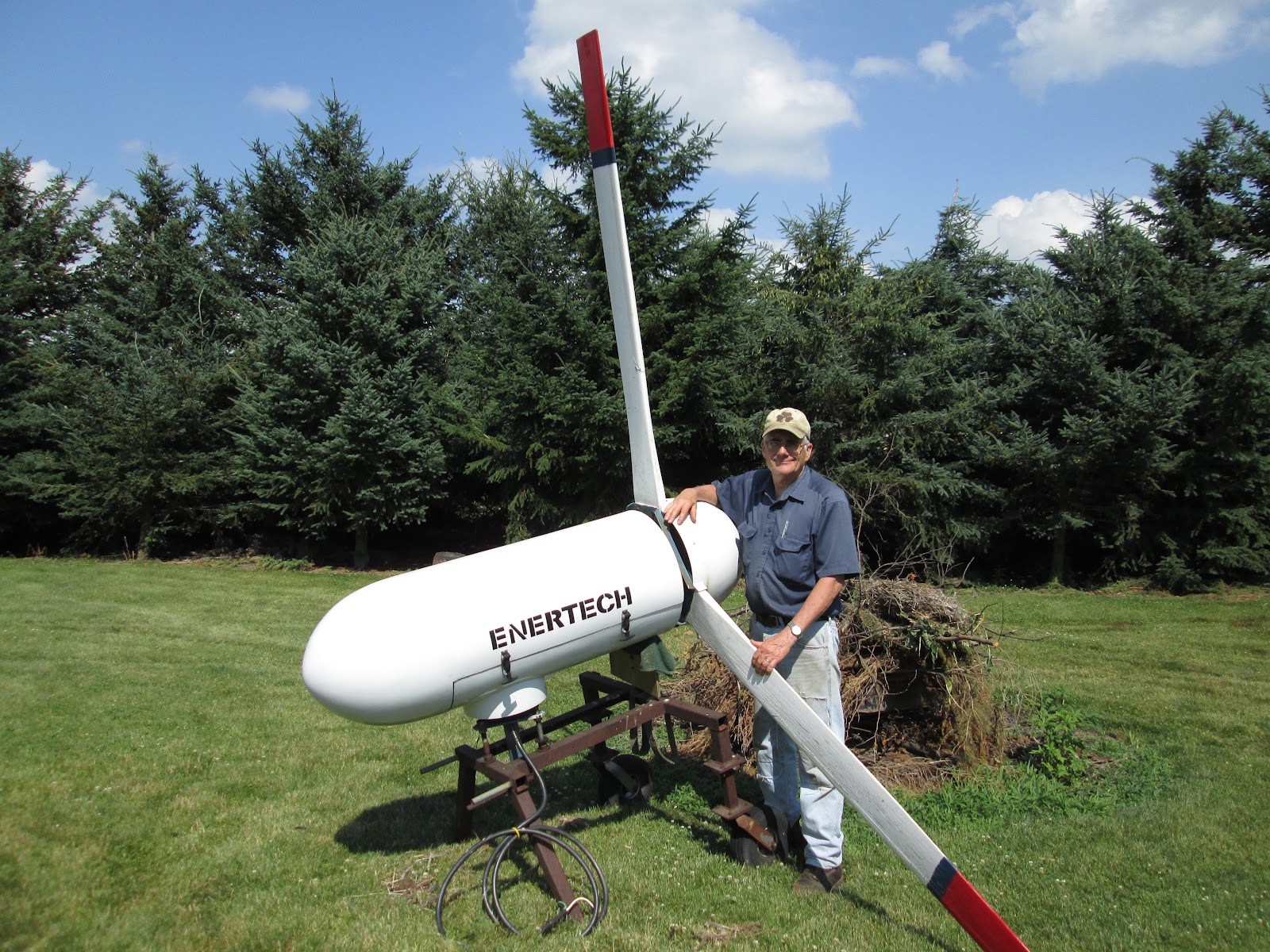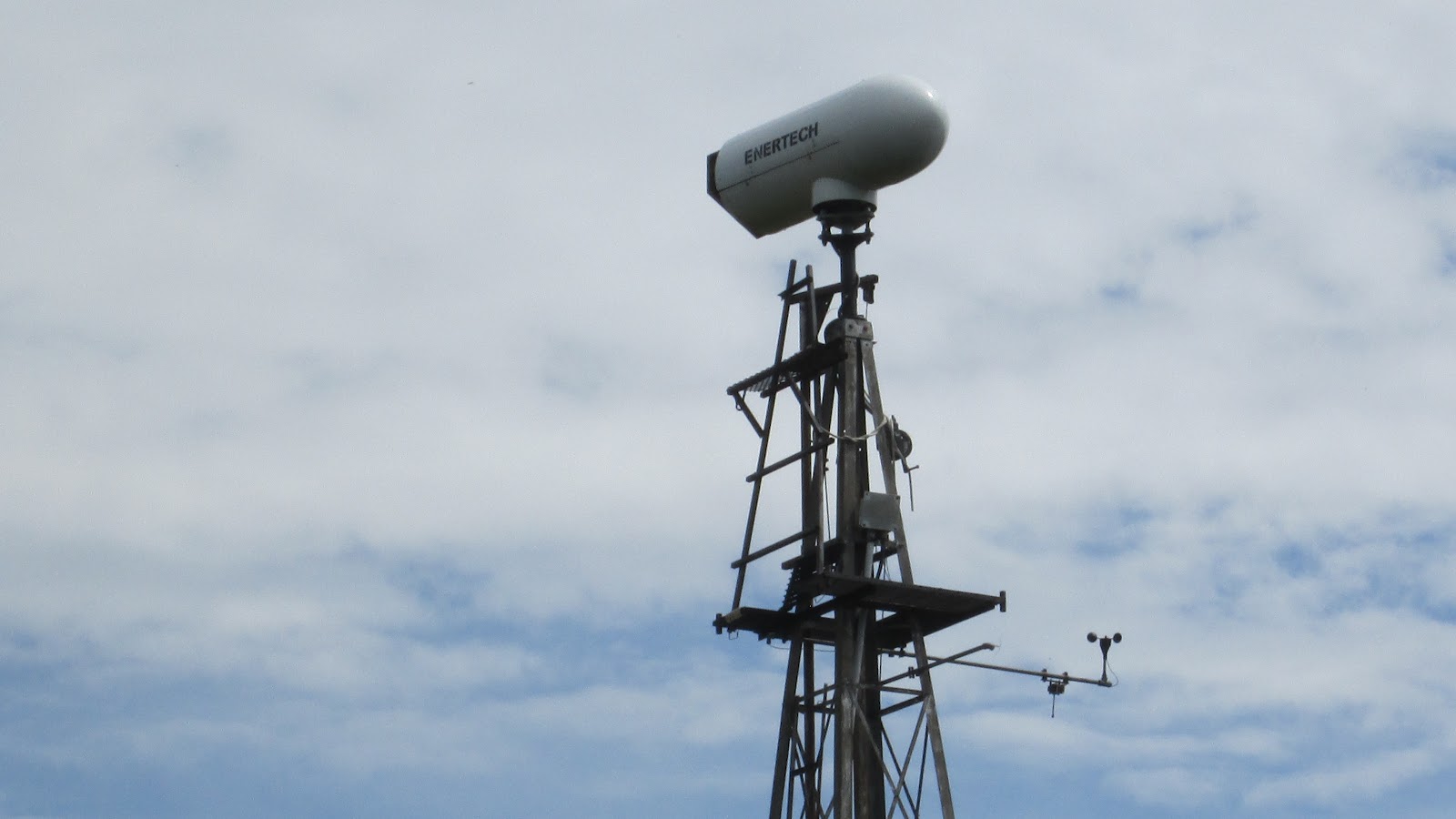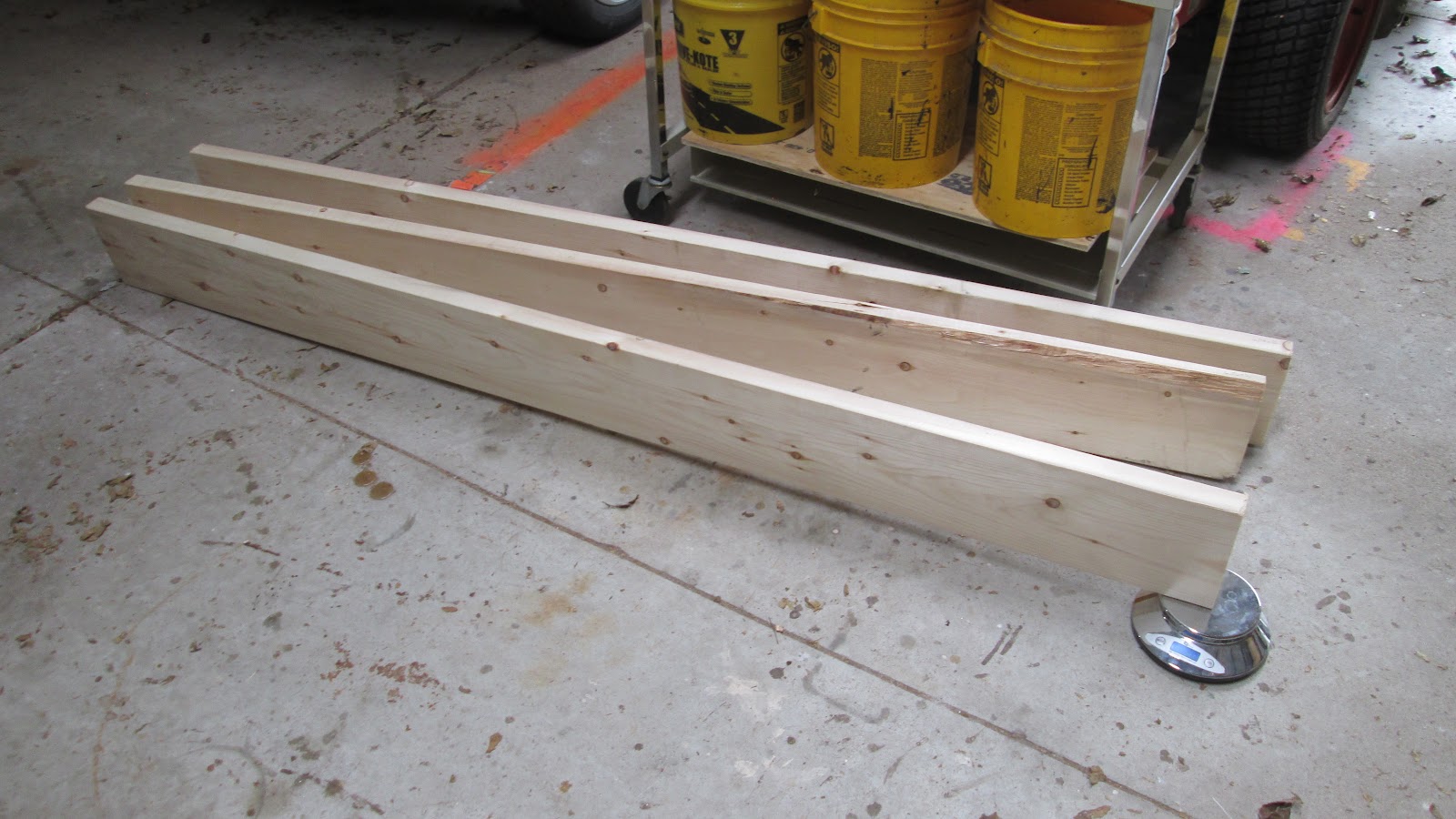The 21st Century learning experiences gained as the community, school and businesses design, plan and build a 32 foot long Town Lattice Truss covered bridge for the Village of South Wayne, Wisconsin.
Thursday, September 26, 2024
Practicing blade assembly to hub
Sunday, September 15, 2024
Balancing - To add weight or remove wood?
In life having a "balance" is important and takes considerable time and effort. So it is with getting a balance for hand made wooden turbine blades. Here is how I went about it. I learned there are different kinds of balance. The first balance I did was to make sure that all three blades were angled 120 degrees apart.
Friday, September 6, 2024
Finishing the blades
With the blades all carved out it was time to weigh them. Two of the blades weighted in at about 7 pounds each. The third one was 7.4 lb. This will be dealt with later in the process.Knots were going to be a problem as one or two of them already came loose during the carving. My solution for this was to drill a hole at the edge of each knot and then put in a stainless steel screw. The threads will cut into the knot and the blades material holding the knot in place.
The back story. The used Enertech was a $300 "boat anchor" when I got it 25 years ago. The windings on the generator were toast and the blade mounting plate had a crack in it. At the time I was working on another renewable energy wind project and wanted to get a wind anemometer for the Scales Mound school where I was teaching. An article in Home Power magazine on a Wind Explorer data logger made by NRG systems caught my eye. I decided to reach out and contacted NRG systems to see if they could help. To my pleasant surprise the president of NRG, Dave Blittersdorf emailed me he would be happy to send a Wind Explorer unit to me free of charge. I was thrilled. I told him about my Enertech rebuild project and the problems I was having because Enertech had gone out of business. Dave told me not to worry, he could help because he had bought out the inventory of Enertech when they closed. He had a mounting plate and would send it to me for $25.
So what to do with the old blade mounting plate? For years it "slept" in my iron pile. Then one day I needed a base for one of my metal yard art sculptures. As the plate was welded on I thought I could take some measurements and make what I needed out of a piece of plywood. Well I tried that and have another story to tell about measuring angled pieces like this.Anyway after scrapping out the plywood I took another path. This would prove to be a much better solution and more accurate. 30 minutes later, wala I had my plate with blade mounting holes to use as a guide.Each blade on the Enertech has a plate like this so I used it to locate the four holes. The angle iron piece at the bottom edge has the nut welded into it for the nose cone mounting screw.Thursday, September 5, 2024
Shaping the blade airfoil side
So now that the wind ward side of the blades has been cut with the proper pitch it was time to cut and shape the airfoil side of the blade.With the profile of the airfoil shape drawn in the excess material that needed to be removed could be seen. 45 degree angles were marked on the leading and trailing edges. I decided to cut the bulk of the material off with a portable circular saw.Since the thickness of the blade tapers from the root to the tip I followed the line marking the trailing edge of the blade.Looking at the tip of the blades you can see the amount of material removed by the rough cuts. The blades will also taper from 1.5" (40 mm) at the root down to 5/8" (15 mm) at the tip.Five depth indicator holes were bored from the tip of the blade to the root to mark the taper. The holes were drilled at the thickest part of the airfoil shape.Hole depths went from 0 mm at the root to 22 mm deep at the tip as shown above.Using my rabbit plane I cut a groove from the tip of the blade to the root. This gave me the line (surface) I needed to get the correct taper of the blade. In this picture you can see the material that needs to be removed above the airfoil shape at the tip of the blade. The amount of material needing to be removed would decrease as I worked toward the root of the blade. The amount of decrease would be indicated by the decreasing depth of the rabbit groove I cut. To speed up the process of removing this material I used a tool that served me well when chainsaw wood carving log sculptures. This blade made short work of removing the excess material from tip to root giving me the taper of the blade but not the airfoil shape.With the correct taper cut I could now switch back to the jack plane and carefully shape the airfoil on each blade.
Wednesday, September 4, 2024
Blade layout and pitch
Monday, September 2, 2024
Enertech Blade Replacement Project
Twenty five years ago I drove up to Mick Sagrillos shop and picked up a used Enertech 1800. It was the high point of my quest for a wind powered generator that began in the 70's following Mother Earth News with my home built 12 volt car alternator and blades made out of styrofoam insulation.
The learning experience continued and advanced with help from Home Power magazine and the MREA (Midwest Renewable Energy Association). It continues to this day.
Fast forward to 2021 Covid was ending and so was the life of my turbines blades. One of the blades had rotted off at the root. I removed the other two thinking I would get some wood and make replacement blades. I had read Dan Bartman's book and had the original blades for patterns. How hard can it be? Lets find out.First stop was Menards to get a 20 foot long 2x8. My reasoning was to get one piece of wood and cut it into the three lengths I needed so they would have the same weight. (Should have brought my saw and cut it at the lumber yard.)Two cuts later at home. I was looking for a piece that had vertical grain like quarter sawn but instead went for a clear piece with very small knots and flat grain or plain sawn piece.











